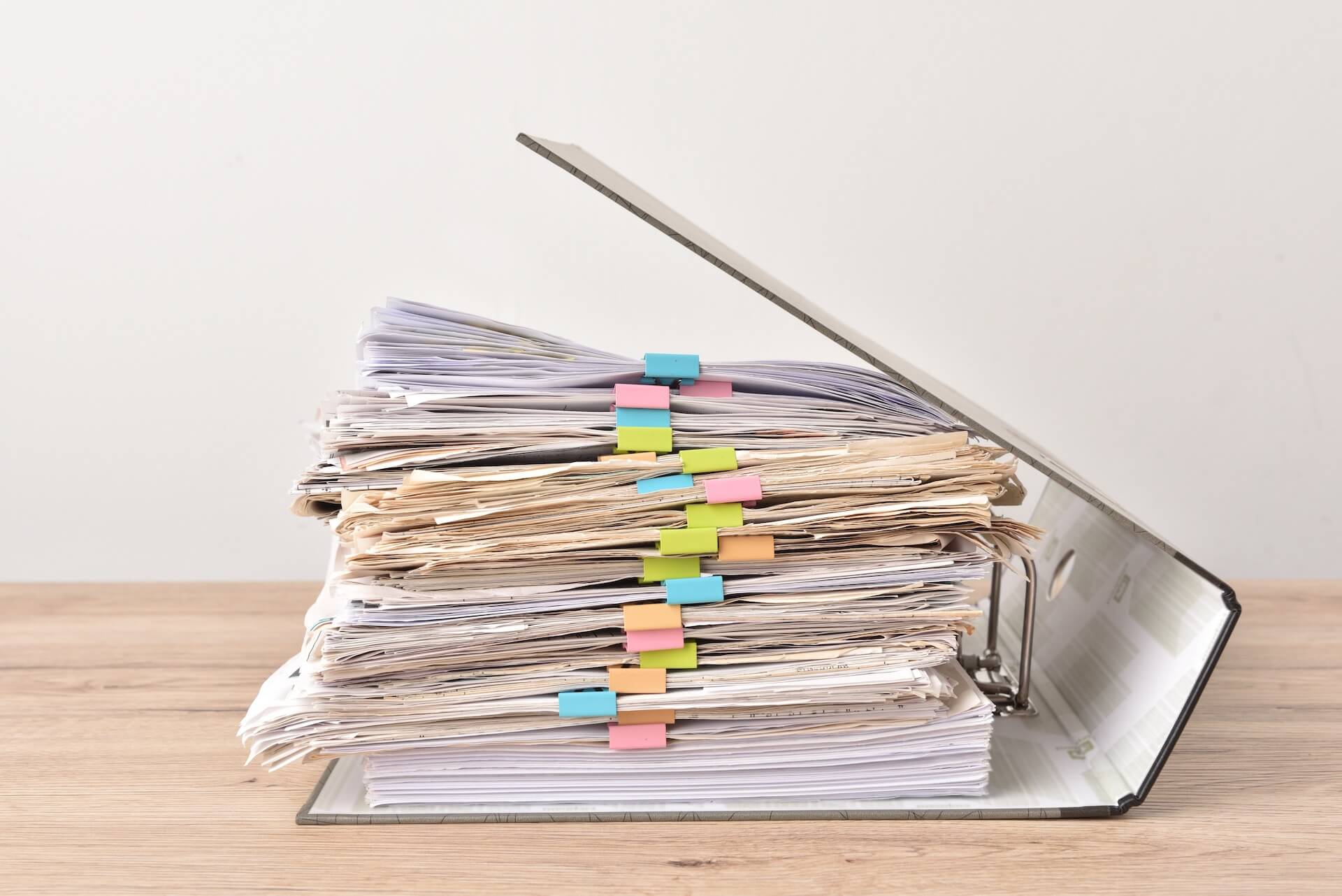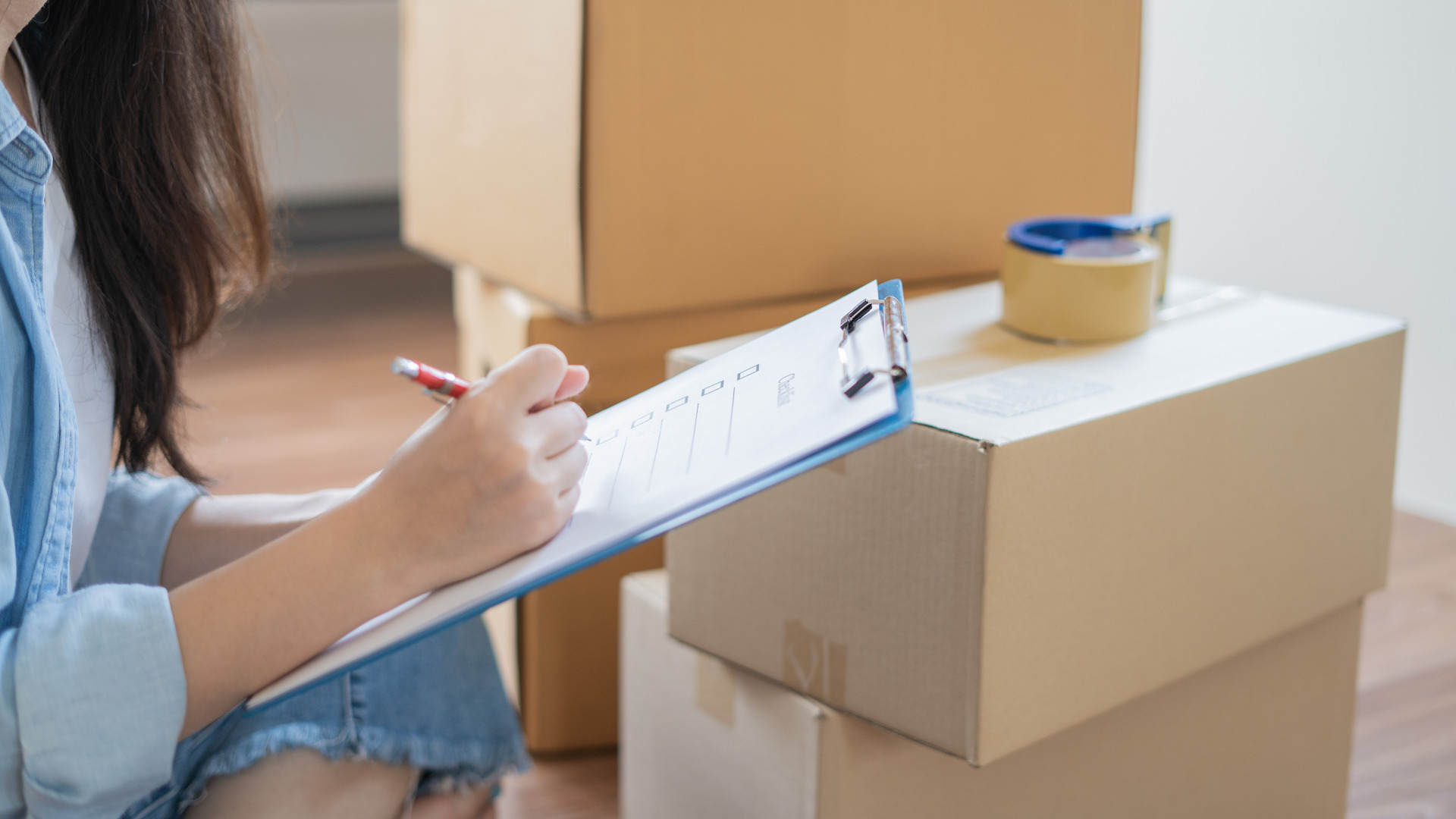Are you pondering what to start packing first when moving internationally? As you stand amidst a sea of belongings, the task can seem difficult. Fear not! We’ll share with you an essential guide to transform this chore into an efficient adventure. From prioritizing essentials to embracing the art of decluttering, our guide is brimming with tips to ensure an international move is as smooth as a well-organized suitcase.
What to Start Packing First When Moving
First focus on items that are less frequently used or needed. Begin with things like off-season clothing, extra bedding, and rarely used appliances or kitchen items. These are items that won’t disrupt the daily routine if they’re packed away early.
Pack these items in well-labeled boxes, categorizing them based on the room or their use, which will aid in the unpacking process later. This approach not only simplifies the packaging process but also gives you a sense of accomplishment as you see the checklist items getting ticked off, one box at a time. Remember, the key to a smooth move is to start early and pack smartly.
Let’s Make A Few Things Clear – What Can You Expect When Relocating Abroad
Pre-move planning is crucial to navigate the complexities of an international move.
One must be prepared for cultural adjustments, language barriers, and the logistics of setting up a new home in a foreign country.
Thorough preparation involves more than just packaging. It’s about understanding the nuances of the destination.
During this phase, organizing for an overseas move can reveal tasks that usually get left to be last-minute relocation tasks. To evade mishaps with time management, planning is the core step. So, a part of the detailed planning should be organizing packaging as well.
Challenges of International Relocation
Navigating customs regulations and managing the logistics of transportation modes across long distances can be daunting. One common moving mistake is underestimating the complexity of these tasks. For instance, people forget to research customs restrictions, leading to unexpected delays or confiscation of items.
Additionally, choosing the right transportation mode for all belongings – whether by air, sea, or land – requires careful consideration and planning. Each mode has its own set of rules, timelines, and costs. These challenges highlight the need for meticulous planning and awareness of what can be packed and shipped and what cannot be. This changes the packaging list drastically.

Essential Steps Before You Start Packaging
Before diving into packing, it’s crucial to take several preliminary steps to pack efficiently and avoid common pitfalls. Make sure it’s a more organized packaging process, that paves the way for a smoother relocation experience. Just like with a list of what to start packing first when moving across the country, you should consider a list of essential steps for international relocation:
- Sorting items – categorize the belongings into what you’ll take, donate, sell, or discard.
- Decluttering – reduce the volume of belongings to move by getting rid of unnecessary or duplicate things.
- Researching international moving regulations – understand the rules and restrictions of the destination country regarding what can be imported.
Start the Packing Process Two Months Before the Relocation
Beginning the packing process two months before the relocation is a strategic approach to managing the complexities of moving overseas. This early start allows ample time to sort, declutter, and pack without the pressure of tight deadlines.
It enables you to carefully wrap and protect items, reducing the risk of damage during transit. This timeframe also allows for a more thoughtful and organized approach, ensuring that nothing is overlooked.
Create a Detailed Packing Timeline
Creating a detailed packaging schedule for moving is essential for a smooth and efficient relocation process. This timeline should outline each step of the process, from the initial sorting to the final sealing of boxes.
Begin by assigning specific weeks for different tasks, such as one week for gathering materials and supplies and another for packaging non-essential items. Search for supplies on the Craigslist website to have enough time for sorting belongings. Incorporate buffer time for unexpected delays or challenges.
Prioritize Items in the Beginning Stages
In the beginning stages of international relocation, prioritizing certain items is key to the easiest way to pack. Start by packing items that you use infrequently or seasonally. For instance, if you’re relocating during the summer, pack the winter clothes, heavy blankets, and seasonal decorations first.
Next, take care of items like books, extra kitchenware, and decorative objects. Also, consider packaging spare linens, towels, and items from guest rooms early on. You will free up space and reduce clutter, making it easier to navigate the home.

Packing Non-Essential Items In the First Week – Tips and Tricks
Packaging these non-essential items in the beginning stages can reduce unwanted stress. To start, gather the necessary supplies such as various-sized boxes, paper, bubble wrap, tape, and labeling materials.
Categorize your non-essential possessions, like decorative pieces, books, and hobby supplies, and prioritize packaging those you won’t need immediately. These packing tips for relocating belongings will ensure the new space feels comfortable.
Assess the decorative pieces, separating them into groups based on fragility, size, and sentimental value. Delicate possessions should be individually wrapped in bubble wrap or paper to ensure their safety during shipping overseas. Label each box with its contents for easy identification during the unpacking after the international move.
Packaging books may seem straightforward, but it’s vital to follow effective packing strategies for moving to keep them in good condition. Start by wrapping each book in paper or bubble wrap.
Then, stack the books horizontally in sturdy cardboard boxes, placing heavier ones at the bottom and lighter ones on top. Ensure that the boxes are not too heavy to lift comfortably. Label each box with its contents and the room it should go to.
One effective strategy is to pack out-of-season clothing in compression bags. These bags allow you to condense bulky items like winter coats and sweaters, reducing the amount of space they occupy.
Simply place the clothing inside the compression bag, seal it, and use a vacuum cleaner to remove excess air. This will not only save space but also protect the clothing from moisture and dust. Remember to label the bags.
When deciding what to keep when relocating, it’s a good idea to consider the appliances you rarely use. Some that function well should be kept and others you’re not sure you’ll use abroad should be discarded.
If you still have the original boxes for these appliances, use them for packaging. This will provide a snug and secure fit for the appliance. If you don’t have the original boxes, wrap the appliance in bubble wrap and secure it with tape. Label the box or wrapping clearly, so you know which appliance is inside.
Prepare an Essentials Box for the First Days
As the relocation day approaches, stress levels can soar, making it easy to overlook essential items you’ll need during the initial stages of the relocation. That’s where the essentials box comes to the rescue. This box should be packed well in advance and should contain belongings that are required immediately upon arrival at the new destination. Place these belongings in a box:
- Basic toiletries – toothbrush, toothpaste, soap, shampoo, and other personal hygiene items.
- Medications package – any prescription medications you or the family members require.
- A change of clothing – spare clothes for each family member, as well as weather-appropriate attire for the destination.
- Chargers and adapters – for electronic devices to stay connected.
- Basic kitchenware – a few utensils, cups, and plates for basic meal preparation.
- Spare bedding – a set of bedsheets, pillowcases, and a blanket for a good night’s sleep.
- Some cash – have some local currency on hand for immediate expenses.
Along With Packaging Non-essentials, Organize Travel Documents
Organizing travel documents should be a top priority right from the beginning stages of boxing up rarely used possessions. As you prepare to pack the non-essential items, take the time to gather and arrange documents such as passports, visas, and travel insurance. Keeping these well-organized and easily accessible ensures a smoother transition, reducing stress and potential complications during the international journey.

Efficiently Organize Packed Boxes
Before relocating across the world, efficiently organize the boxes you’ve packed. Start by designating a specific area in the home for labeled boxes, ideally in a room with easy access. Stack boxes according to their content categories, making sure to place heavier ones at the bottom to prevent damage. Keep a clear pathway to navigate the space easily.
Labeling and Inventory Management
When you first pack all belongings for an international move, create a detailed relocation inventory that records the contents of each box. Use clear and concise labels on the boxes, indicating their contents and the room they belong to in the new home.
Prioritize labeling the boxes that contain necessary belongings you’ll need immediately upon arrival. This meticulous approach ensures that you can easily locate and access crucial belongings during those initial days in the new destination, reducing stress and helping you settle in smoothly.

Final Preparations for Moving Day – Packing the Rest of the Home
Apart from your essentials and non-essentials, remember to pack the remaining items in your home, such as furniture, electronics, and any remaining personal items. The last possessions to be packed should ideally be those you use daily, as they need to be readily accessible until relocation day.
Conduct Last-Minute Checks and Balancing Load
As relocation day approaches, conducting last-minute checks and balancing the load becomes crucial for a smooth transition. Take a final walk-through of the home to ensure that nothing has been overlooked or left behind. Verify that all boxes are properly labeled and sealed and that no loose items remain.
Make sure that the load in the relocation vehicle or container is balanced to prevent shifting during transportation. This involves distributing weight evenly to avoid potential damage to any belongings. These last-minute checks and load-balancing efforts are vital steps in ensuring a successful international move.

Get Expert Help From the I Love International Moving Team
In the intricate process of an international move, getting expert help from an overseas shipping company can make all the difference. The dedicated professionals at I Love International Moving are here to assist you every step of the way. From packing services to reliable transportation options, including moving by sea and by air, our team is well-equipped to ensure the safety and efficiency of your international relocation.
With our expertise, you can enjoy a stress-free transition, knowing that all belongings are in capable hands. For a seamless international move, contact I Love International Moving company, and let us help you.
Frequently Asked Questions
Start by packaging essential documents, medications, and valuable items. Next, pack seasonal or rarely used items, gradually moving to daily essentials and non-essentials.
Ideally, begin packaging at least two months before the relocation date to allow ample time for sorting, organizing, and packaging your belongings systematically.
Avoid overloading boxes, neglecting proper labeling, and not researching customs regulations. Also, refrain from packaging prohibited or hazardous items. Don’t forget to invest in an international moving company to help with shipping boxes to another country.
Delicate items require careful wrapping with cushioning materials like bubble wrap. Place them in appropriately sized boxes and label them as fragile for special handling.
Use clear and concise labels indicating box contents and the room they belong to in your new home. Include any relevant handling instructions or fragile warnings to ensure proper care during transit.













